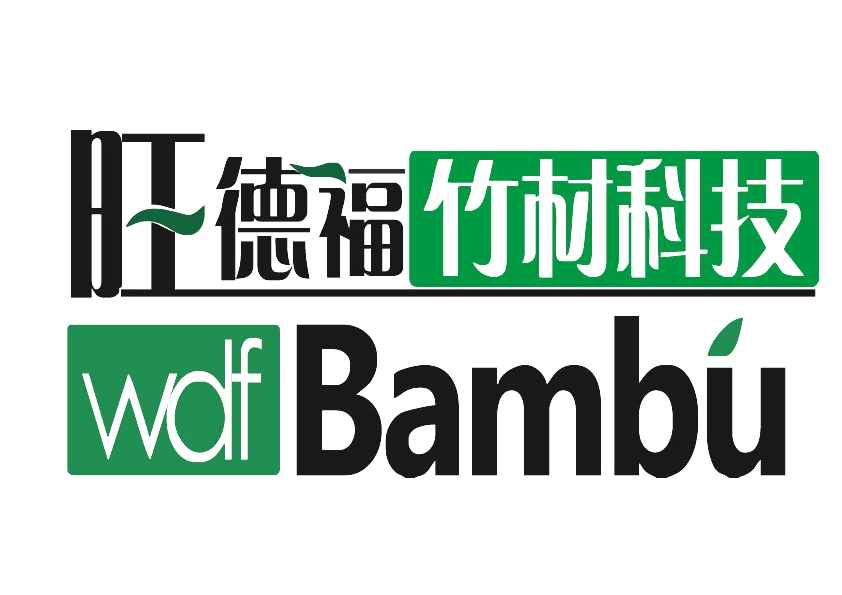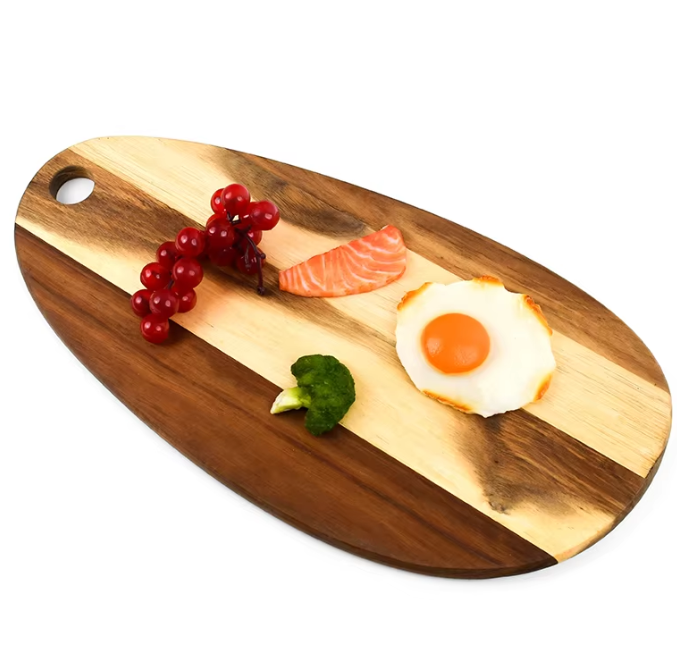Determining the Ideal Size for Home Use
Assessing Guest Count and Serving Purpose
Choosing the proper size for a charcuterie board depends largely on how many people will be there and what kind of event it is. For smaller groups around 2 to 4 folks, something between 12 and 16 inches usually works well enough to create that cozy atmosphere where conversation flows naturally. But when there are about 8 to 12 guests at the table, bigger boards measuring 18 to 24 inches or even more become necessary just to fit all those different kinds of snacks without everything getting cramped together. The type of food matters too. Meat slices, wedges of cheese, and fresh fruit take up considerably more room than just some crackers paired with a few blocks of cheese. Making sure each item has its own space helps everyone grab what they want easily without rummaging through the whole spread. Getting this right means happier guests who don't end up fighting over limited real estate on the board during dinner parties.
Considering Storage Space Limitations
When thinking about what size charcuterie board to get, storage space should definitely be part of the equation for kitchens and dining areas alike. Boards larger than 24 inches tend to cause problems for most standard cabinets and countertops, creating clutter and making things harder to manage. Looking at vertical storage solutions makes sense here. Wall mounted racks work wonders actually. They take pressure off counters while still keeping boards accessible whenever needed during gatherings. A little thought about where everything goes helps maintain order in the space, plus means the charcuterie setup stays prepared for whenever friends drop by unexpectedly.
Multi-Size Board Options for Flexibility
Getting several sizes of charcuterie boards gives hosts way more flexibility than sticking to just one. When someone has a variety on hand, they can easily adjust for different party situations without stressing about guest count. Companies like Boardworks and other creative makers now sell these nesting sets that take up much less room but still let people serve all sorts of foods. The real advantage comes when hosting events where dietary restrictions matter or special requests pop up. Just grab what fits best for the occasion, maybe leave out some parts if needed. No longer stuck with whatever came in the box, this method ensures the food looks great no matter who shows up at the door.
Selecting Food-Safe and Durable Materials
Best Wood Types: Olive, Acacia, and Hard Maple
Durability and looks matter most when picking out materials for charcuterie boards. Olive wood catches the eye with its deep tones and striking grain patterns, plus it has natural antibacterial qualities that make it great for cutting surfaces. Acacia wood works well too because it holds up against water damage pretty well, something that matters a lot in kitchens where spills happen often. Hard maple is worth considering as well since this hardwood takes knife cuts without showing them much, so the board stays looking good longer. Going with one of these options means getting a board that will last through many gatherings while still looking attractive on the table during those fancy cheese platters.
Avoiding Porous Woods Like Oak and Pine
Some woods work great while others just aren't worth the trouble because they tend to soak things up too much. Take oak for example it really drinks in smells and stains after a while, which might mess with the taste of whatever food sits on it and definitely raises red flags when it comes to keeping things clean. Pine isn't much better either since it's pretty soft stuff that gets nicked up easily by knives and starts to warp when exposed to damp conditions. That means pine boards don't last nearly as long compared to other options. When picking out a good cutting surface, going for something that doesn't absorb liquids makes all the difference in keeping things sanitary during meal prep. Hardwoods like maple or walnut stay cleaner longer and look nicer too, so most folks who care about both function and appearance gravitate toward those instead of dealing with the headaches caused by oak and pine.
Non-Wood Alternatives: Slate, Marble, and Bamboo
People looking for something besides wood have several good options available these days. Slate and marble boards definitely look fancy on the table and wipe clean pretty well. But watch out with them since they can chip if dropped or hit against something hard. Bamboo stands out as a great green alternative because it's tough stuff and doesn't let bacteria grow as much as other materials. Another nice thing about non-wood boards is that they tend to stay cool to the touch. This makes them perfect for serving cheese that gets runny when warm or delicate seafood dishes where temperature matters. Each material brings something different to the table, so folks can pick what works best based on how they actually use their boards in real life situations.
Maintenance Essentials for Longevity
Proper Oiling and Waxing Techniques
Want to keep your charcuterie board looking good for years? Regular oiling and waxing makes all the difference. Food safe mineral oil works wonders for maintaining the wood's natural moisture balance so it doesn't crack as time goes on. After oiling, give it a good coating of beeswax which forms a real shield against water spots and stubborn stains. Most folks find that doing this every couple of months keeps things working properly. Some people even prefer quarterly treatments depending on how often they use their boards. The key point is consistency rather than perfection when it comes to maintenance routines.
Cleaning Methods by Material Type
Different materials need different cleaning approaches if we want our charcuterie boards to last. Wooden ones are a bit tricky actually. They need hand washing with warm soapy water right away after use. Letting them soak can cause warping over time, which nobody wants when serving cheese and meats. Slate and marble boards are easier going though. Just wipe them down with a damp cloth and some gentle soap works fine. Important thing here is not to get the surface too wet since these stones can absorb liquids. How often to clean depends mostly on how much they're used. After big gatherings or frequent service sessions, giving the board a good scrub prevents those annoying smells from lingering around. Regular proper care keeps both looks and functionality intact for years instead of months.
Preventing Warping and Odor Absorption
Keeping charcuterie boards from warping and absorbing odors matters a lot if we want them to stay good looking and functional. Don't put hot dishes straight onto wood surfaces since heat really messes with the grain and makes boards warp out of shape. Store these cutting boards somewhere dry where temperatures don't fluctuate too much, maybe inside cabinets away from direct sunlight or humidity sources. To deal with smells that stick around after serving meats and cheeses, try sprinkling some baking soda across the surface occasionally. Just wipe it off later. Taking care of our boards this way means they last longer without developing those stubborn food smells that nobody wants when presenting snacks at gatherings or meals.
Balancing Aesthetics with Functionality
Matching Board Style to Home Decor
A good charcuterie board looks better when it matches what's already in your home. Think about the overall style of your space before picking one out. If your decor leans rustic, go for something wooden with some character. Modern spaces might work better with sleek marble or stainless steel options. The finish should also coordinate with what's around it. Look at your kitchen counters or dining table and find something that goes with those surfaces rather than standing out. These boards do more than just hold food though. When chosen right, they become part of the room itself. A nicely crafted wooden board can bring warmth to a kitchen while a fancy ceramic option adds elegance to any dining setup. They're basically decorative items that double as useful tools for entertaining guests.
Ergonomic Features: Handles and Weight
Picking out a good charcuterie board means paying attention to how it feels in hand as much as what it looks like. Look for ones with built-in handles or textured grips that make moving things around easier, especially if we're talking about those big boards that can become real pain in the neck without proper support. The lighter weight boards are great for bringing stuff over to guests, while the heavier ones tend to stay put better on tables, so there's less chance of anyone knocking something over accidentally. Thinking about these practical aspects makes serving food way simpler overall, and honestly just makes the whole meal feel nicer from start to finish when everything flows smoothly between cutting board and dinner table.
Multi-Functional Designs with Compartments
Anyone who hosts regularly knows how helpful a good charcuterie board can be, especially when it comes with clever compartments and multiple functions. Boards with separate sections keep everything neat, so cheeses don't get mixed up with cured meats or olives, which makes the whole presentation look much better. The best part about these multifunctional boards is they double as serving platters right after prep work, saving time during parties. When shopping around, try to find something flexible enough to handle different occasions too. A decent board should work just fine at backyard barbecues but still look presentable enough for dinner guests on special nights out.
FAQ
What size charcuterie board do I need for a small gathering?
A board ranging from 12-16 inches is typically sufficient for a small gathering of 2-4 people.
Which materials are best for charcuterie boards?
Olive wood, Acacia, and Hard Maple are ideal due to their durability and food-safe properties. Slate, marble, and bamboo are excellent non-wood alternatives.
How should I maintain my charcuterie board?
Regular oiling and waxing are essential for wooden boards. Clean wooden boards with warm soapy water, and use a damp cloth for slate and marble.
What features should I look for in a charcuterie board?
Consider ergonomic features like handles for easy transport and built-in compartments for organized serving.



 Home
Home